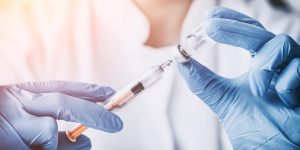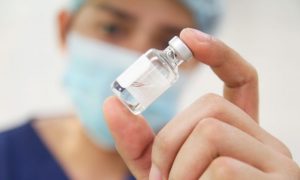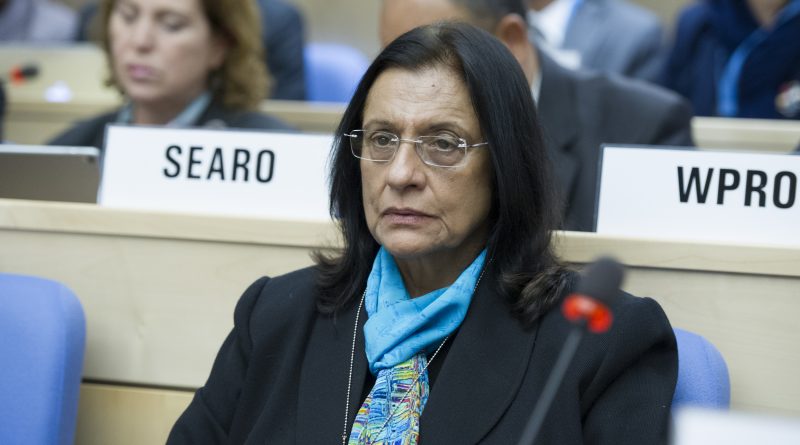Life-saving vaccines
By Dr Poonam Khetrapal Singh

Childhood asthma is a condition that is under-recognized, under-estimated, under-treated and responsible for considerable morbidity among children between one to four years of age group.
Asthma is a chronic inflammatory disorder of the airways, characterized by recurrent, reversible, airway obstruction. Airway inflammation leads to airway hyperactivity, which causes the airways to narrow in response to various stimuli, including allergens, exercise, and cold air.
It is imperative that every child, adolescent and pregnant woman in the WHO South-East Asia Region receives the life-saving benefits vaccines provide.
Whether to maintain the Region’s polio-free status and protect against the resurgence of maternal and neonatal tetanus (MNT); to achieve the Region-wide quest to eliminate measles; or to control ongoing challenges such as rubella, diphtheria, hepatitis B or human papillomavirus, immunization is the most cost-effective way to protect individuals, communities and countries against a range of life-threatening and disabling diseases.
But to leverage vaccines’ full, life-saving potential, every child, adolescent and pregnant woman must be reached and the highest possible coverage attained. To that end, Region-wide progress has been substantial. At present, seven Member countries’ routine immunization programmes have achieved more than 90% coverage with three doses of the basic diphtheria, tetanus and pertussis vaccine. Almost half have achieved 95% coverage of both doses of measles-containing vaccine. These are significant achievements. Region-wide, each Member country should ensure all vaccines reach at least 90% of the population at all times.
Doing so will save countless lives, achieve herd immunity against vaccine-preventable diseases, and ensure newly introduced vaccines have optimal impact. There are several ways to achieve this target. First, each Member country should make immunization a national priority and secure sustained, high-level political commitment to strengthening national immunization programmes. Second, individuals and communities should be given the means to fully comprehend the value of vaccines and appreciate that immunization is both their right and responsibility. Third, sustainable financing models should be developed to support national immunization programmes, leveraging partnerships at the national, regional and global levels. And fourth,
Member countries should increase their research capacity, with particular focus on increasing coverage and equity and evaluating the effectiveness of different delivery, supply and communication strategies.Alongside routine immunization strengthening, supplementary immunization activities (SIAs) play an important role. Over the past 14 months alone, 113 million children received the measles and rubella vaccine as part of mass campaigns in Bangladesh, India and Indonesia. Those vaccines will have life-changing impact for each one of those children.

SIAs carried out in Indonesia in 2015 and 2016 were meanwhile critical to protecting hundreds of thousands of women and neonates from MNT and achieving national (and regional) elimination of the problem. In acknowledging the value of SIAs, Member countries must take full advantage of them to strengthen routine immunization programmes and help build the infrastructure needed to achieve at least 90% routine coverage.
Doing so will not only provide life-saving protection to millions of children, adolescents and pregnant women, but will also help achieve universal health coverage – a key Sustainable Development Goal.As World Immunization Week begins, obtaining society-wide buy-in to that outcome is crucial. Immunization is, after all, a political and social compact – one between citizen and state; individual and community. Being protected together means honoring that compact and reaching every child, adolescent and pregnant woman in the South-East Asia Region with the life-saving benefits vaccines provide.
WHO’s South-East Asia Region comprises the following 11 Member States: Bangladesh, Bhutan, Democratic People’s Republic of Korea, India, Indonesia, Maldives, Myanmar, Nepal, Sri Lanka, Thailand and Timor-Leste.
(The author is WHO Regional Director for South-East Asia)

